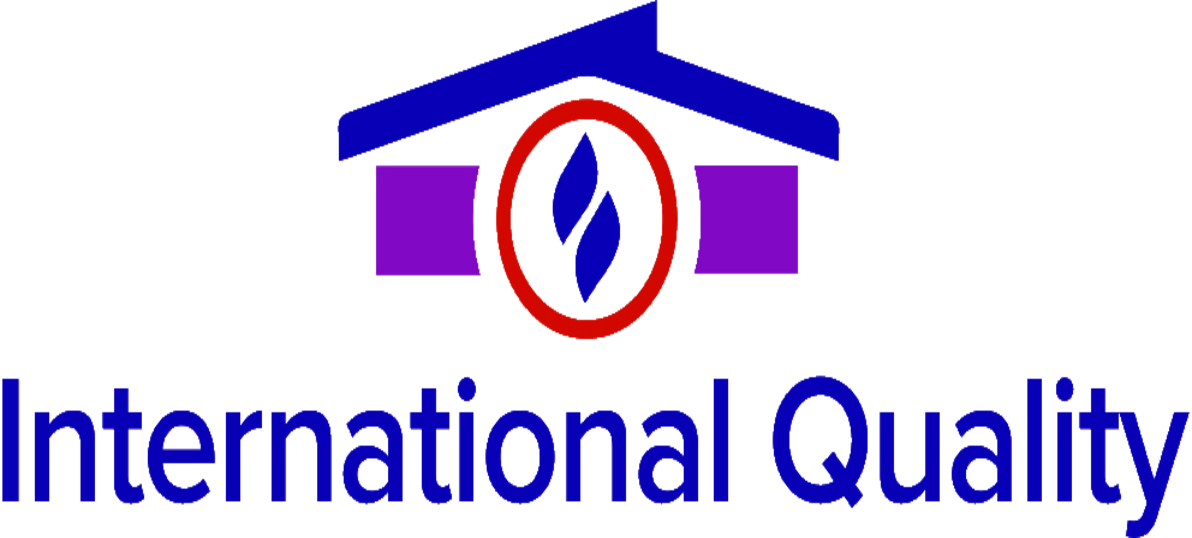Generally speaking, subsidy programs and financing are intended to aid particular sectors of a nation’s economy that would otherwise be in a position to be unable to thrive on market forces alone. This could include struggling industries or breakthrough innovations that support economic and social goals. Subsidies are said to be beneficial to individuals and businesses that may not have the money to invest in their own development. They also boost economic efficiency. Contrary to this, they argue that government intervention in the economy may have unintended negative effects. They argue that it could increase prices for consumers, encourages inefficiency, and distorts markets by favoring certain firms and industries.
Typically, subsidy programs are in the form of direct cash payments or tax incentives. However, other forms of subsidy include loan guarantees, low-interest loans, as well as capital subsidies. When it comes to assessing the effectiveness of these types of programs, it is critical to take into account the impact on interest rates and other variables that are underlying.
A grantee could help, for instance, to reduce the interest rate of a mortgage to a first-time homebuyer, which would reduce the monthly mortgage repayment by one or more percentage points. This could be a major advantage that borrowers aren’t able to receive from private financial institutions.
Other crucial aspects to consider in evaluating these programs are the criteria for eligibility and the guidelines set for the use of credit subsidy funds. These may include income requirements including maximum purchase prices, rents, and the minimum time periods that housing projects have to meet to qualify for the subsidy.
